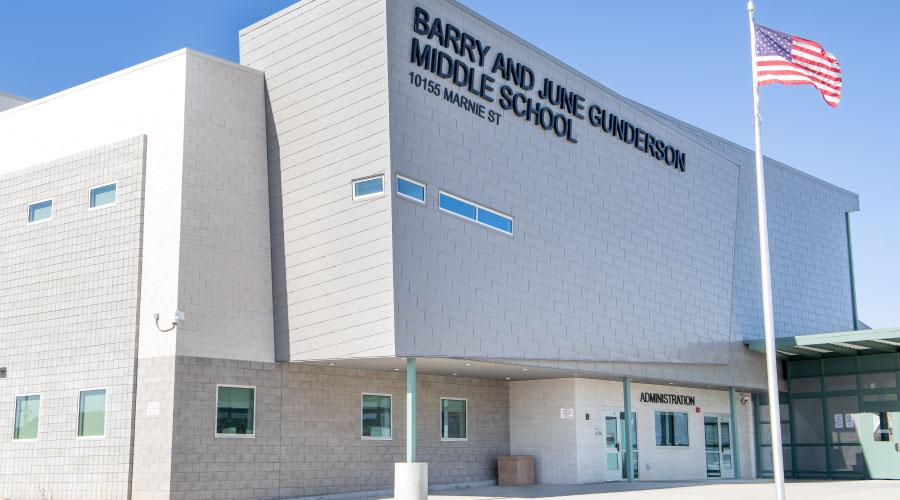Project Engineer Plays Lead Role in Boiler Retrofit
Thompson was the go-to person representing the university for the boiler retrofit and was involved in every aspect of the project, from finding the contractor to training staff and coordinating the schedules to take the boilers out of service for the retrofit.
His duties included approving the design, specifying equipment, and integrating equipment into the system so it worked with the existing infrastructure. Thompson did this while coordinating the plant's operating structure and commissioning and training programs so operators were familiar with the new equipment. His toughest challenge was keeping operations running smoothly while the main boilers were on the sidelines during the retrofit.
"It was difficult, mostly (because) while operating the plant, we rely so heavily on these two boilers," he says. "Coordinating the operations of the equipment around one of these two (boilers) being out was difficult at times, and it was also hard to get operators to buy into something completely different and untested in their eyes — the control system. There was a lot of skepticism, a lot of comments and critical comments about that."
The project took two about two years to complete, and it accomplished the goal of finishing before the stricter emissions deadlines took effect in 2007. Ducting, wiring, programming and commissioning took most of the time to finish, Thompson says. The department worked on only one boiler at a time and had to stop for several months during the retrofit for other needs.
Thompson chose to have the department's in-house operators involved with the retrofit from the beginning so they could learn the system intimately.
The in-house staff performed most of the retrofit's installation and wiring, allowing the department to outsource only a flue-gas ducting project.
In his leadership role on the project, Thompson says he learned valuable lessons about his staff.
"It was certainly a different approach to project management, as we hadn't really used our internal assets as much on projects before," he says. "It showed us how capable our own internal expertise was, and we actually trained a lot of our personnel out of this project. They became better programmers, and became better control technicians."
Thompson says he would have changed several parts of his approach.
"The ownership part of it is very important," he says. "I would have liked to probably have a better, more disciplined programming approach. (The contractor) was not always on the same page as the operators. There were a lot of fires to put out for sure, so (I would have put) a lot more insulation between operators and them. But in the end, they all made nice because everyone saw the goal, and everyone was working to that end."
Related Topics:













